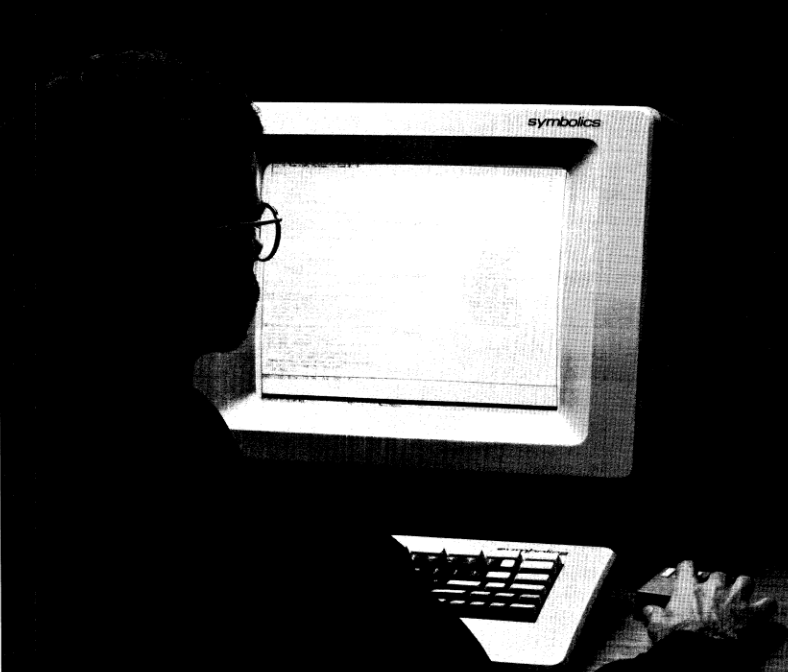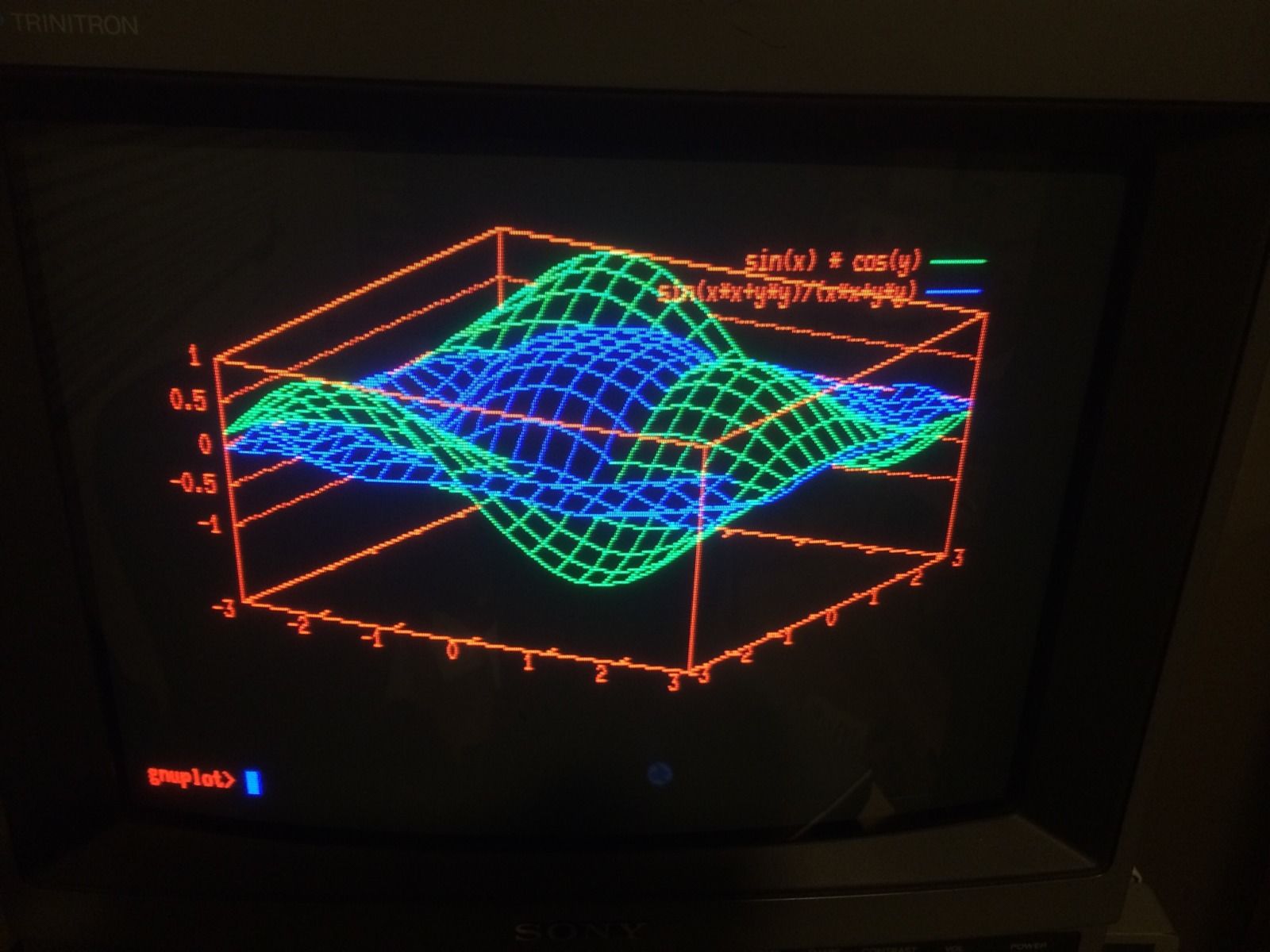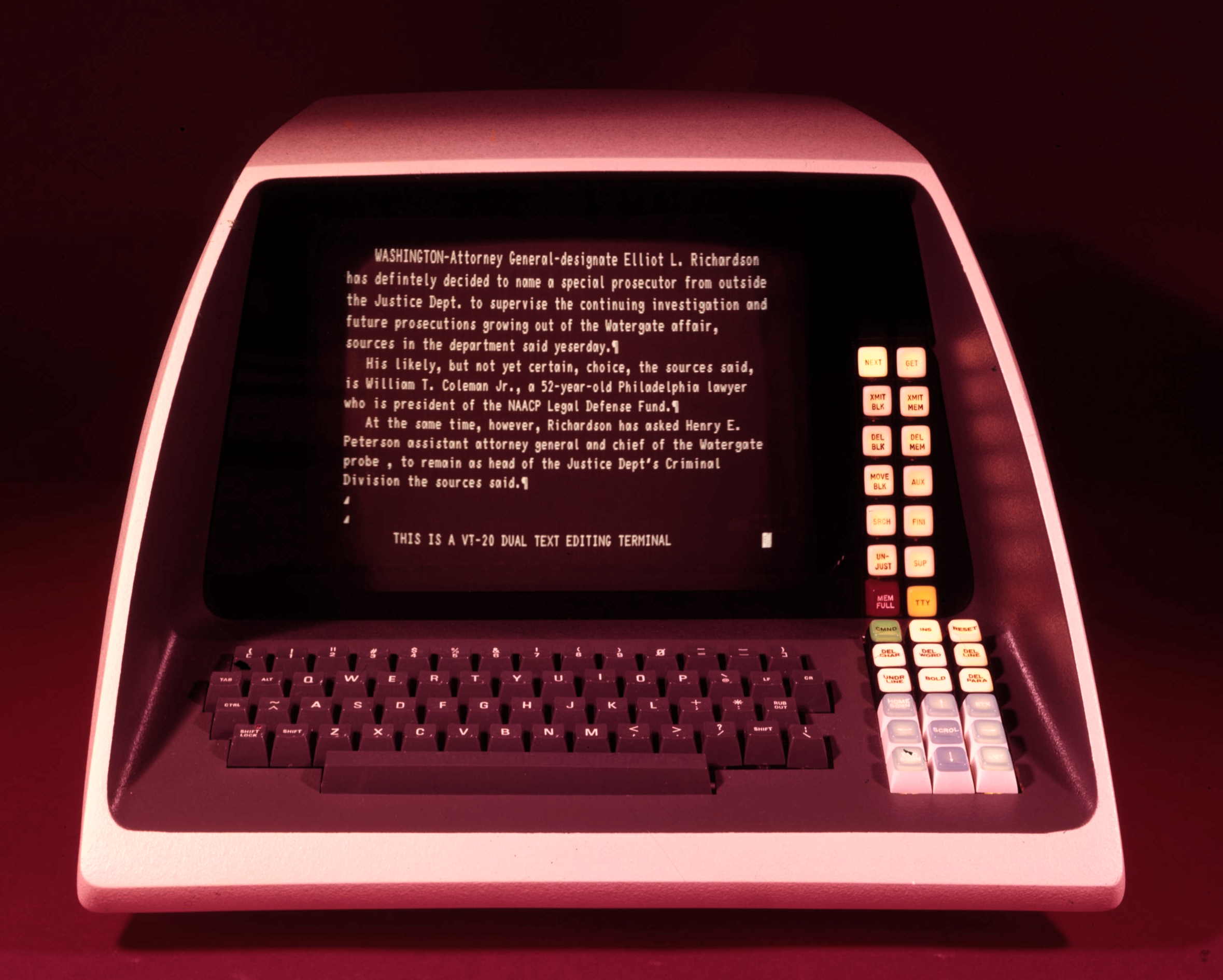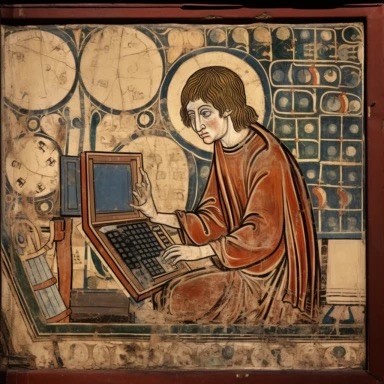it just occurred to me what a nice and fun experience it is browsing text-heavy articles on the web using only a TUI browser, all pages look beautiful in the same way, and are either fully readable or completely messed up... then I remembered why #gemini exists
I expect most of you know, but for those that missed it, there's a #BlackFriday sale over at https://z80kits.com with **15% discount** on all #RC2014 base kits, core modules, expansion modules and backplanes/enclosures. You just need the discount code **BFCM2024** at checkout. (Valid until Monday night)




#AusPol #FediMeta #SocialMedia #SocialMediaBan #Under16SocialMediaBan #Under16SocialMedia #Privacy #DigitalRights #DataSecurity #Fedi
What does Australia’s social media ban for under 16s mean for smaller platforms, especially small to medium sized instances on the Fedi? I would like to hear opinions from as many people as possible and from not just Australians so please boost.
#lispmoo2 eeh, I added persisting changes. The way I did it was to use Waters' #Series and
(iterate ((s (scan-symbols pkg))
(with-open-file (out path/to/git/pkgname.limo :direction :output :if-exists :append)
(format out "{ @create ~s :named ~s } x~%" (first (get s :parents)) s)))
I guess I'm not meant to use format like this; I'm meant to customize pretty printing using format and then just use print, I guess, but w/e. #lisp
ELI5: Let's say that I want to learn how programming GUIs on Amigas was like (boopsi, MUI). What would I need to do that, with no attempts at being truly period-correct?
Talking about OS versions, emulator/actual hardware, editors, compilers and of course official and inofficial documentation?
(For comparison's sake, f I were to do the same for Windows win32, it would be any PC, Windows 7, Visual Studio 6, the Petzold book, win32.hlp and probably vodka)
- malware
- malware
- 2-factor authentication
- malware
- malware
what a lovely device
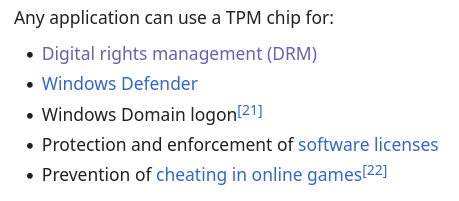
Oh yes, living in a cyberpunk dystopia, except we didn't even get the cool skyscrapers, amazing cityscapes, or awesome cybernetics. :/
What, you thought I wouldn’t subject the archos to #bonkwave ?
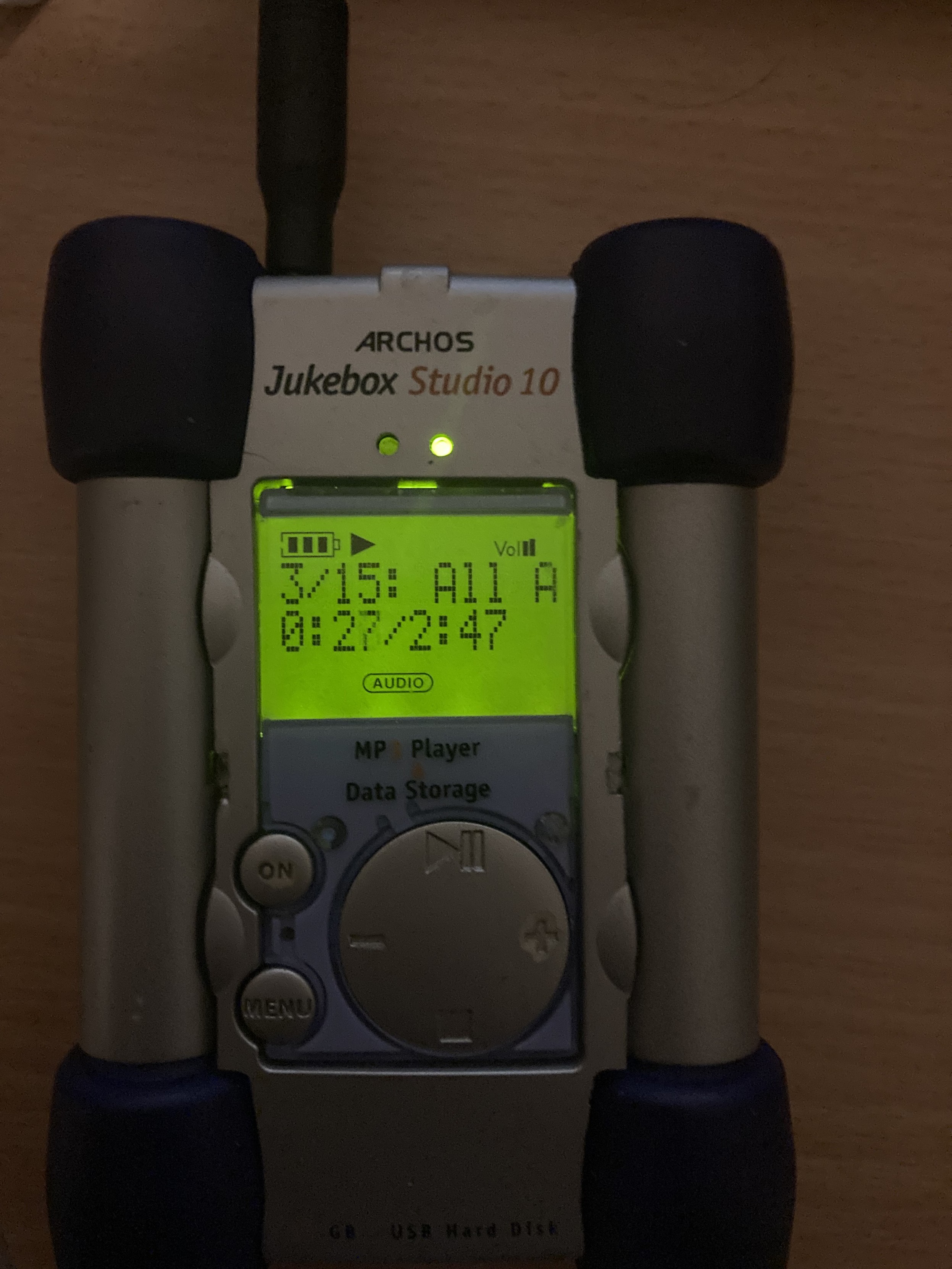
# What is a permacomputer?
A permacomputer is a computer which attempts to embody the virtues of permacomputing.
Foundationally, permacomputing itself is set of community practices and traditions which shares a set of social and ecological values inspired by the land management and settlement design of permaculture.
# What is the point of this project?
There are many different dialectical approaches to making an introduction to the people's permacomputer. One thought experiment that has proved especially popular and easy to grasp sums up the mindset behind which we are functioning:
$>>> Industrial society has collapsed. All semiconductor fabrication has ceased, society-wide electrification is no longer guaranteed. There is no longer any internet. Computing as it was once known in the early 21st century is impossible. You need a computer for a task. What do you do? <<<$
This project is a response to the challenge posed by the above problem. The purpose of this project is to design and then construct computers that will be able to survive a societal collapse.
# The response
A permacomputer for the people involves two radically differing criteria of success, yet these requirements, paradoxically, cannot be separated from one another--fulfilling both these two criteria is required for a successful project.
The first criterion is a computer which is well-engineered. The computer offered up by this project aim to be easy to grasp upon immediate interaction, and have a profound, transformational effect on the power of the user's capacity for rational and critical thought.
## Engineering prowess
Permacomputers must also be rugged and durable. An inoperable computer is otherwise known in hacker circles as a "brick". The length of time the project determined adequate for the "life span" of a permacomputer is a duration far in excess of contemporary standards. The intention behind this project's design was to allow communities of people to possess and maintain a computer collectively.
It is difficult to provide an accurate estimate for exactly how many years the life cycle of a permacomputer design can be. This project suggests a life span beyond that of a human individual.
Despite this concern, this project assumes that are threats outside the domain of engineering to the permacomputer, which would otherwise possess indefinite operation:
## Preservation of meaning
The second criterion is to ensure that there continues to be a human cultural tradition of electronic computing, or that this tradition may be able to be rediscovered or reconstructed. The project does not want to merely effect an engineering feat, but also transmit the cultural memory of electronic digital computing into the future.
It is hoped that, should the project succeed, humanity will be able to be saved from the grueling tedium of many forms of onerous economic work. Without a computer, these necessary social roles would involve either great effort, or be personally unfulfilling or degrading; shameful.


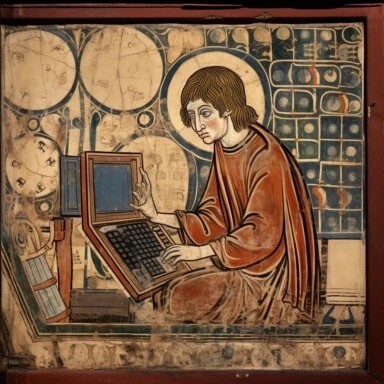
# hackaday project page update
https://hackaday.io/project/191174/log/236912-project-phase-2
-*-BEGIN QUOTATION-*-
Please refer to the following homebrew projects:
- https://github.com/adumont/hb6502
- https://awsh.org/homebrew-6502-computer-part-1/
- https://www.grappendorf.net/projects/6502-home-computer/#table-of-contents
- https://pmig96.wordpress.com/2020/07/15/mc6847-test-circuit/
Project Phase #2:
- build the first MC6847 video display 'warmup' computer.
- i have found three projects based on the 6502 which make use of the MC6847 and have published their schematics. so far so good. when the parts arrive i have to trust my breadboards and little wires are of a sufficient quality as not to bounce and ring, we're dealing with sub-1 MHz TTL-level digital signals so.... maybe my dodgy tools and components will be good enough.
- build the first permacomputer prototype
- the next step after i have honed my practicals skills on a simpler task is this: construct a custom video display for the permacomputer, based on the information contained in don lancaster's cheap video cookbook
https://www.tinaja.com/ebooks/cvcb1.pdf
https://archive.org/details/donlancaster_cvcb1
- the reason for using custom logic for the display is the limited number of columns the MC6847--it is my hope to have 40 columns, not a mere 32. i wish i could say more, but the short story is this: using EEPROMs in place of discrete logic is the ticket to having a simple design.
-*-END QUOTATION-*-
# main project page update
https://sr.ht/~vidak/peoples-permacomputer/#what-is-the-point-of-this-project
-*-BEGIN QUOTATION-*-
A permacomputer for the people involves two radically differing criteria of success, yet these requirements, paradoxically, cannot be separated from one another--fulfilling both these two criteria is required for a successful project.
The first criterion is a computer which is well-engineered. The computer offered up by this project aim to be easy to grasp upon immediate interaction, and have a profound, transformational effect on the power of the user's capacity for rational and critical thought.
Permacomputers must also be rugged and durable. An inoperable computer is otherwise known in hacker circles as a "brick". The length of time the project determined adequate for the "life span" of a permacomputer is a duration far in excess of contemporary standards. The intention behind this project's design was to allow communities of people to possess and maintain a computer collectively.
It is difficult to provide an accurate estimate for exactly how many years the life cycle of a permacomputer design can be. This project suggests a life span beyond that of a human individual.
Despite this concern, this project assumes that are threats outside the domain of engineering to the permacomputer, which would otherwise possess indefinite operation:
The second criterion is to ensure that there continues to be a human cultural tradition of electronic computing, or that this tradition may be able to be rediscovered or reconstructed. The project does not want to merely effect an engineering feat, but also transmit the cultural memory of electronic digital computing into the future.
It is hoped that, should the project succeed, humanity will be able to be saved from the grueling tedium of many forms of onerous economic work. Without a computer, these necessary social roles would involve either great effort, or be personally unfulfilling or degrading; shameful.
-*-END QUOTATION-*-





